If you’re thinking of shopping for your first mountain bike, or the first in many years, you might find yourself a bit overwhelmed with choices. There are so many options on the market it boggles the mind, and I’m not talking about materials, suspension formats, or components, I’m simply referring to wheel sizes. Only 15 years ago all mountain bikes rolled on 26-inch wheels. Today the available sizes include 26, 27.5 and 29-inch wheels fitted with your choice of skinny, chubby, or fat tires. I often have one of each in my garage and when asked which one is best, I tend to deliver my standard, and much learned answer, “Yes.”
I know, that doesn’t help, does it? Like all hard questions, there are no easy answers. I think the first thing to do is to understand a couple of basic wheel concepts. Let’s start with wheel diameter, rim width, and tire size.
Wheel diameter and why it matters
Remember when you were a kid and your skateboard hit a tiny rock and you fell flat on your face? The same thing happens when your mountain bike wheel hits a boulder the size of a beer cooler. However, ride your mountain bike over the same tiny rock that stopped your skateboard and you won’t even feel it. In other words, the bigger the bump, the bigger the wheel you need to easily roll over it. This is the concept that launched the 29-inch wheel. A larger wheel has more mechanical leverage. So why aren’t all bikes rolling big hoops?
We all know bigger isn’t always better and there are drawbacks to larger diameter wheels. They carry more rotational mass which can degrade handling performance, particularly in situations where snappy and quick steering responses are needed. Plus, they can be slower to accelerate. By how much is debatable and the cause of many trailhead brawls and broken friendships. One thing is for sure, the vast majority of riders over the last decade decided bigger was better and the smaller 26-inch wheel is all but dead. Then came the new contender, the 27.5-inch wheel.
Splitting the difference between big and small, the 27.5-inch wheel (also known as 650b) was created to offer the leverage of the big circle, without the drawbacks of the small one. The end game was a wheel with quicker handling and acceleration than a 29er without sacrificing rolling efficiency. If asked to insert my expert opinion, I would agree it works as advertised. That doesn’t necessarily make them better for everyone. More on that later.
The Specialized Awol is a drop-bar mountain bike designed for swift touring on mild terrain and is packaged with narrow rims and tires. Read about that bike here: [Specialized Awol]
Tire width: skinny, chubby, and fat.
It doesn’t take a genius to understand that a big tire has a big footprint. More surface area in contact with the ground makes for better traction and more floatation on soft surfaces. A bigger tire also provides greater shock absorption for a compliant and controlled ride. More rubber can even lower rolling resistance in certain conditions.
The advantages of a big contact patch are easy to comprehend, but the downsides are obvious. Big tires carry lots of rotational mass, can significantly increase rolling resistance in some conditions, and tend to have sluggish handling and acceleration properties. As it happened with wheel diameters, a middle option was needed and one more category was created called plus, or mid-fat. Those tires fall within the 2.8-inch to 3.2-inch range. To recap, we now have diameters of small (26), medium (27.5), and large (29) and tire widths in skinny, chubby, and fat.
That makes it sound like there are more options than actually exist. Not every diameter of wheel is available in every width. Fatbikes with 4 and 5-inch tires are exclusively paired to 26-inch wheels, albeit of varying rim widths from 65mm to 110mm. There are no fat-tired 29ers as that would be a bit absurd. There are however plus sized wheels offered in all three wheel diameters.
But, what does it all mean?
The reason it’s not possible to pin one wheel package as the best is due to the fact it depends on the rider, the terrain, and a myriad of individual preferences. Where you ride, how you ride, and what you want out of that ride will steer you to a particular wheel format. To refine this to the most general overview, below is a breakdown of the available choices with pros/cons and considerations.
I once poo-pooed fatbikes as travel platforms. I thought they would be too heavy and slow to cover the miles of a long journey. For some trips that might still be true, but for routes with varied and unexpected surfaces, those big feet pay big dividends. Not always the fastest format, it is virtually unstoppable.
26-inch
The wheel size that started it all is darn near extinct. It was never chosen as the ideal size when mountain biking was invented, it was just available. Those first bikes were a mishmash of parts borrowed from other platforms and 26-inch beach cruiser wheels made for good all-terrain hoops. Today, the 26-inch diameter is most commonly used in the fat bike world, which has become as mainstream as any style of bike. Beyond that, not even downhill bikes use them.
One way to radically improve the performance of a potentially heavy fatbike wheel is to use a carbon fiber rim like those from Whisky Parts Co.
Do these tires make my butt look fat? The difference between Fat and Full Fat.
No, I’m not ordering a latte, those are terms for the two distinctly different sizes of tires and wheels used specifically within the fatbike world. A “normal” fatbike is often paired to tires within the 4-inch range and mounted to rims between 65mm and 80mm in width. That moderately fat width does well in dry conditions for year round riding, and reasonably well in snow if it’s hardpack. Full fat is the big boy. Those are 5-inch, or slightly larger, tires mounted to rims as wide as 110mm. The largest of the two fatbike wheels are often reserved for soft-surface riding, primarily snow.
The Rocky Mountain Sherpa was designed specifically for bikepacking and as such was built around 27.5-inch wheels paired to 2.8-inch tires. It tackles all surfaces and rolls effortlessly. Read about the Sherpa here: [Rocky Mountain Sherpa]
27.5-inch (650b)
This new diameter has largely supplanted the 26-inch wheel as the most widely used across a growing swath of applications. From downhill and cross country racing machines, to off-road touring, and general trail riding, the 27.5-inch wheel has become extremely popular.
When fitted with plus sized tires and wider rims, the 27.5-inch wheel has roughly the same outside rolling diameter as a standard 29er, but with a bigger contact patch and more tire volume. Popular with bikepackers, the 27+ as it is referred to, is a great choice for adventure riding as it does seem to conquer all terrain with aplomb.
I’ve spent a great deal of time on 27.5 in the plus sizes, and I have to say, it just might offer the best of most worlds. Does it make you a better rider? I’m going to say yes. It has the leverage to roll over the big obstacles, the a giant contact patch for superior traction, and the enlarged tire volume allows for a greater range of inflation to accommodate surfaces from hard to soft. If I’m going to tackle a technical trail with a band of hooligans I know will push me to the upper limits of my fitness and skill level, I grab a 27.5 plus bike, usually with suspension front and rear. That’s a formidable combo.
This titanium Hayduke from Advocate Cycles is built with 45mm wide carbon fiber rims and 2.8-inch tires. The perfect combo for technical terrain and long hours in the saddle. Like many bikes available today, it can also be fitted with normal width 29er wheels offering more versatility to the rider.
The truth about rolling resistance
There has been extensive geekery performed in laboratories the world over to quantify rolling resistance in various wheel and tire combos. I won’t open that can of worms here, but will simply interject one basic principle. The surface on which you ride has a tremendous impact on the rolling resistance provided by your wheel diameter and tire volume. Imagine a tiny hard rubber wheel on an office chair rolling over a polished marble floor. It rolls pretty well, right? Now roll that office chair down a trail with rocks the size of baseballs. It won’t work. Likewise, a fatbike will conquer all sorts of terrain, but your better choice for riding 100 miles of glass-smooth pavement would be a skinny tire jacked up to a high PSI. Matching the wheel, tire, and air pressure to the terrain will provide the least rolling resistance and optimal efficiency.
Fat tires make short work of soft sand. This 4-inch tire didn’t even depress the surface of the sand only leaving imprints of the knobs. A skinnier tire would have pressed deep into the surface creating tons of drag. This shot taken from the volcanic sand beaches of Iceland belies the weight of a 50-pound fully loaded bike and a 170-pound rider.
29-inch
The largest diameter wheel is still a fan favorite and like its slightly smaller 27.5-inch brother, is used in virtually every application of mountain biking save for fatbikes and aggressive downhill rigs. It is even available in plus sizes, although in that configuration the outside diameter is pretty massive. Like a wagon wheel, they aren’t the quickest handling, nor do they wrap up to speed in a hurry, but they roll over everything with ease. For that reason, 29+ is a big hit with the adventure touring set. Whether on pavement, gravel, or mildly technical singletrack, they just go and go.
The 29+ wheel pictured above on this Salsa Deadwood was great for multi-surface touring. Comfortable and easy to keep rolling, it would be my choice for an extended trip. Read my review of that bike and the wheels here: [Three Days of Deadwood]
On the skinnier end, the 29-inch wheel is often paired to drop bar mountain bikes with narrow rims and tires for fast rolling efficiency over mild singletrack and rough gravel roads. When paired to slightly wider rims and tires, the 29er is still a formidable option for aggressive riding in highly technical terrain at high or low speeds. Needless to say, for fast racing and riding on milder trails, the 29er is still king.
The Awol has very narrow 1.9-inch tires. When inflated to a high PSI, they glide across pavement effortlessly. On gravel roads, with a bit of pressure removed, that rolling resistance remains surprisingly low. On mild singletrack, even with a full load of camping gear, those wheels do surpassingly well.
The versatility of the 29er continues to win me over. For swift bikepacking on singletrack, the 2.3-inch tire paired to relatively narrow rims is quick, efficient and more than capable of tackling rugged terrain. If I want to ride more challenging terrain, or at a faster, more aggressive clip, I put different wheels on the Spearfish with slightly wider rims and a 2.3 tire with more aggressive tread. A little extra rim width, even as little as 5-8mm is enough to really change the rolling quality of a wheel.
Another 29er, the Rocky Mountain Instinct BC pairs slightly wider tires and rims to longer travel suspension for a more aggressive platform. It is an excellent example of how small variances in tire and rim width can make a huge impact. From 1.9, to a mild 2.3, and a more aggressive 2.4, the ride attributes are remarkably different.
The Wrap Up
From skinny to fat, small to big, you would think the performance variances from one wheel to the next would be extreme, and to some degree they can be. What is most interesting is that if chosen carefully, even a fatbike can be swift and shockingly spry. A 29er on smooth trails can also be sluggish and slow if the chosen tire and wheel are not ideal for the conditions. How and where it is put to use also matters. A 29er with 2.3 tires might be a rocket on hardpack, but won’t budge an inch in fresh snow where the 5-inch wide fat tire excels.
The best size is the one that suits where you ride and––how you ride. Fortunately for us, some of the newer bikes on the market will accommodate a couple of different wheel formats, so you can swap between 27.5+ and fat, or 29-inch with standard tires. That sure beats popping for three different bikes, but don’t tell my wife. I like multiple bikes.




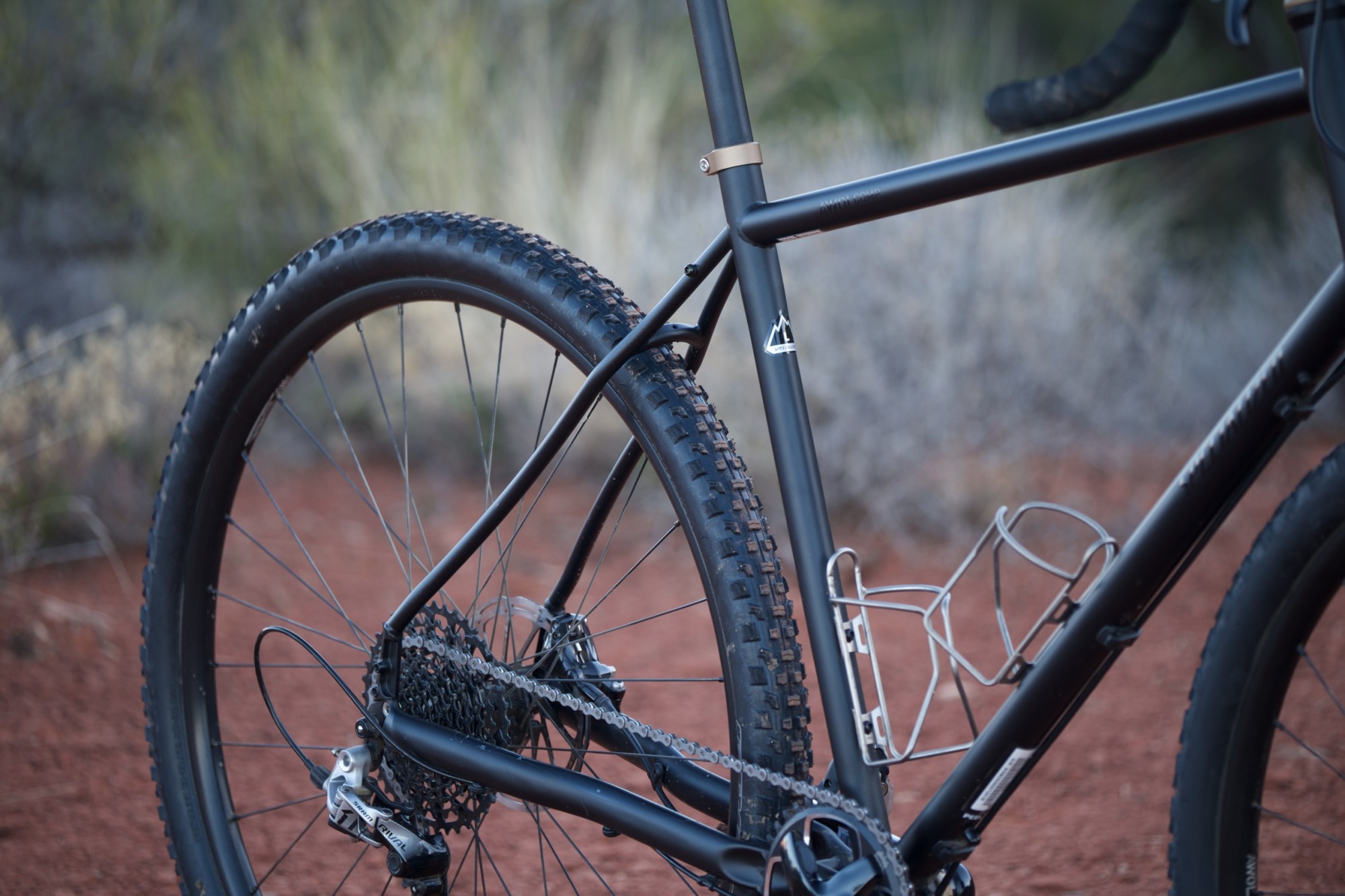
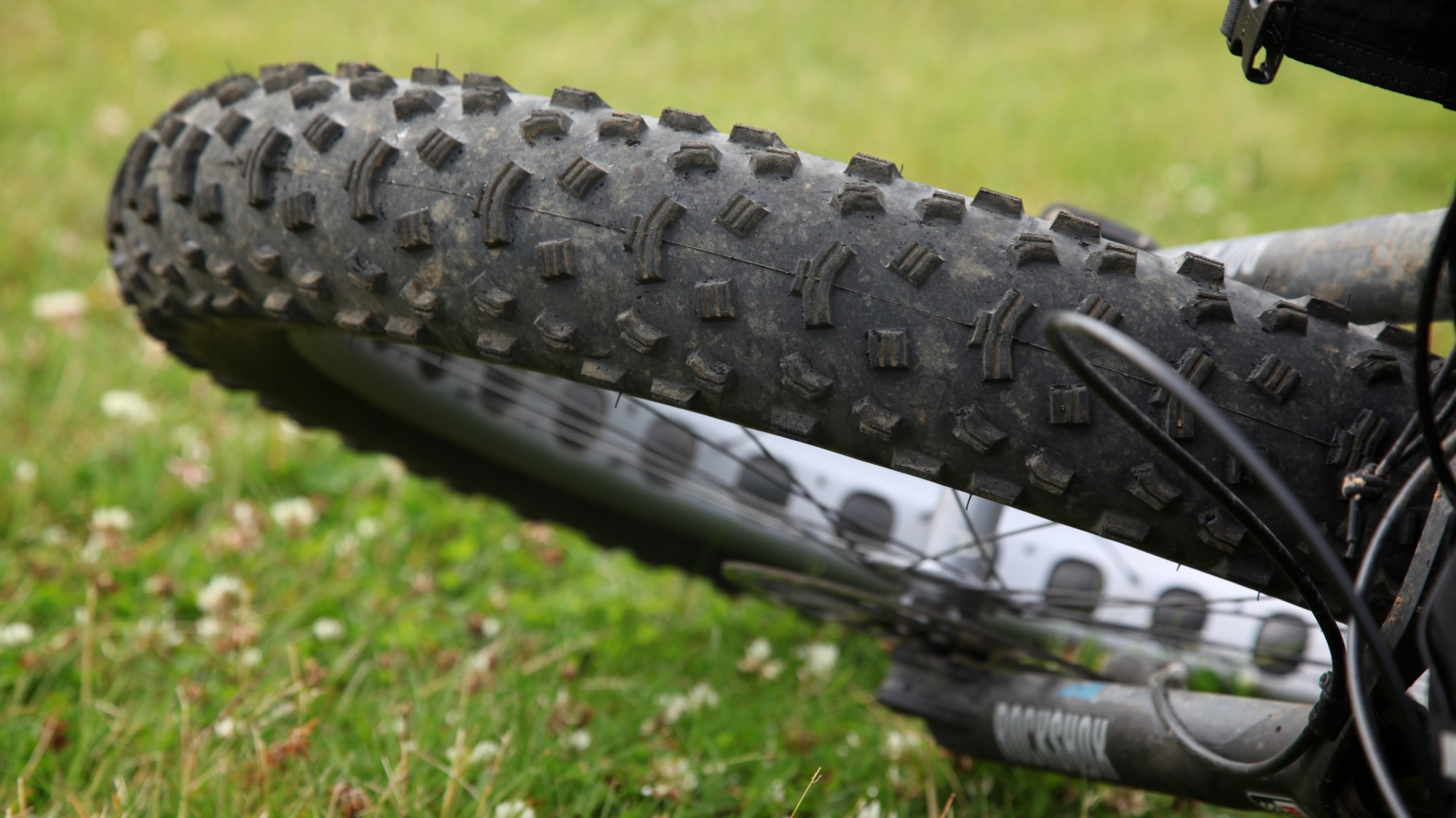

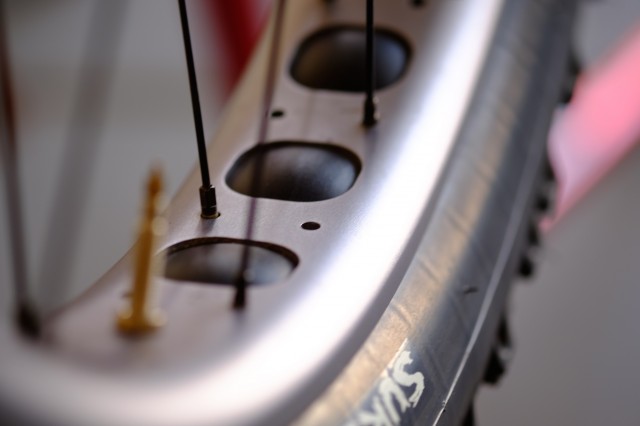
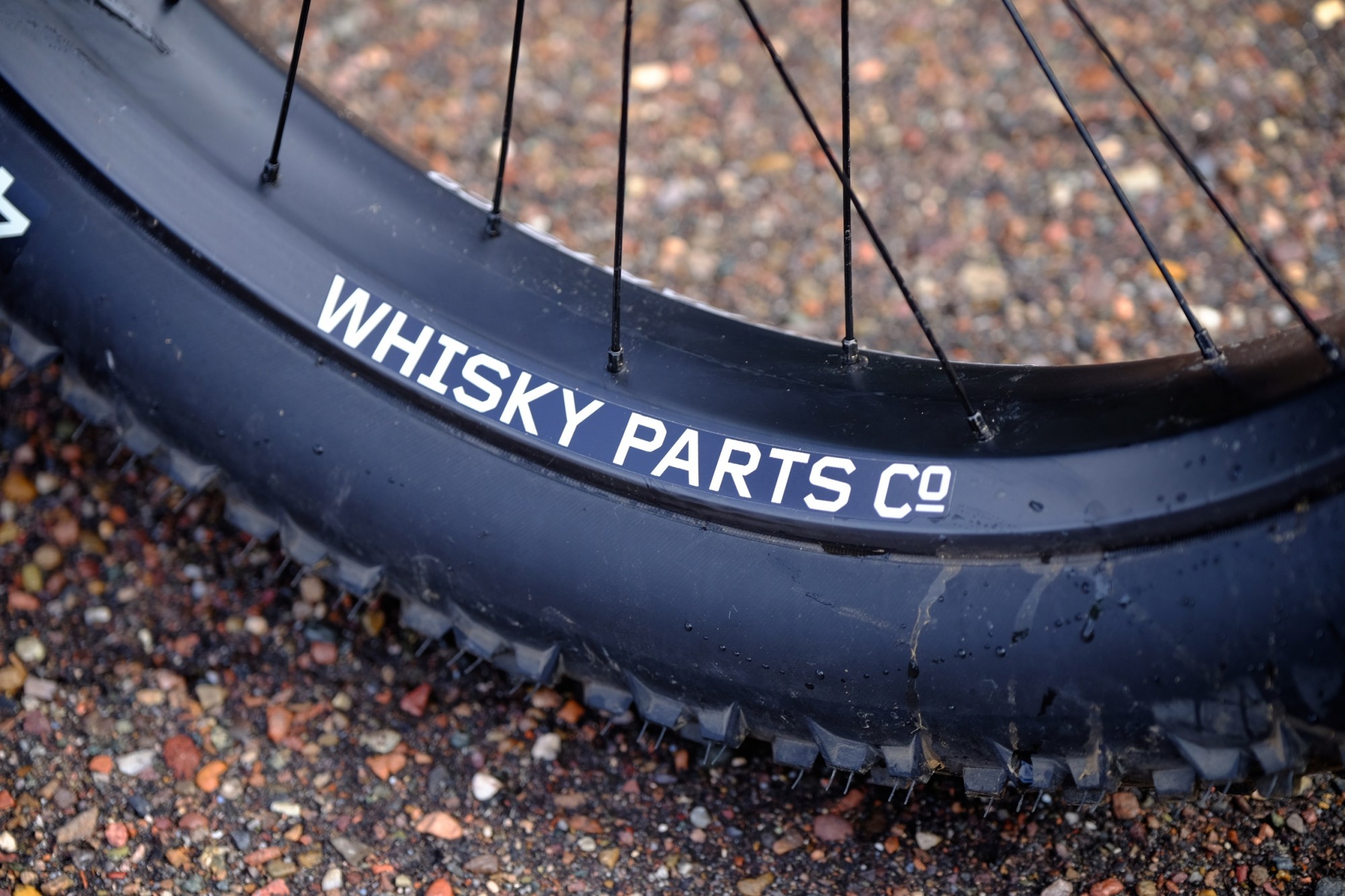

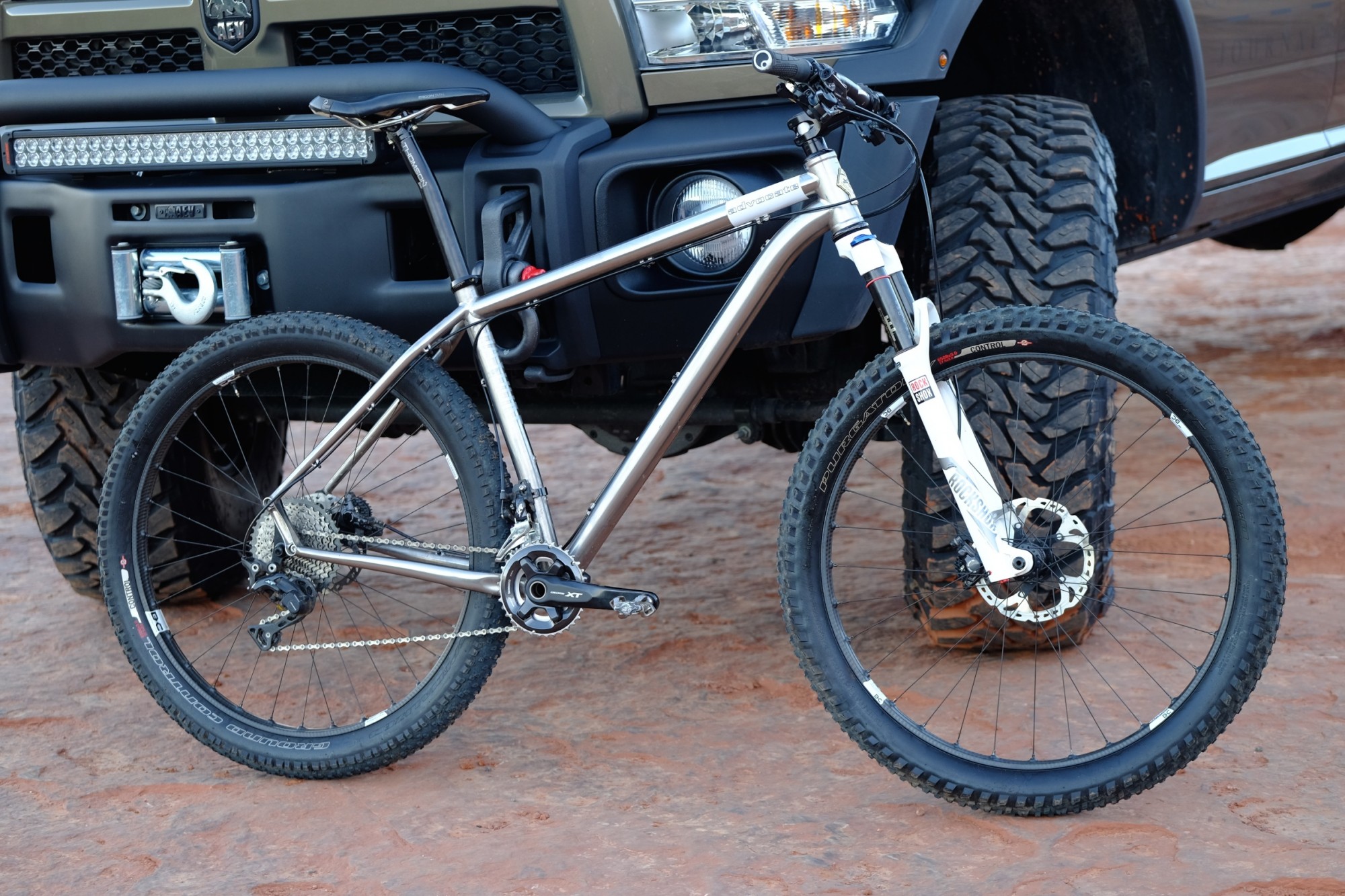

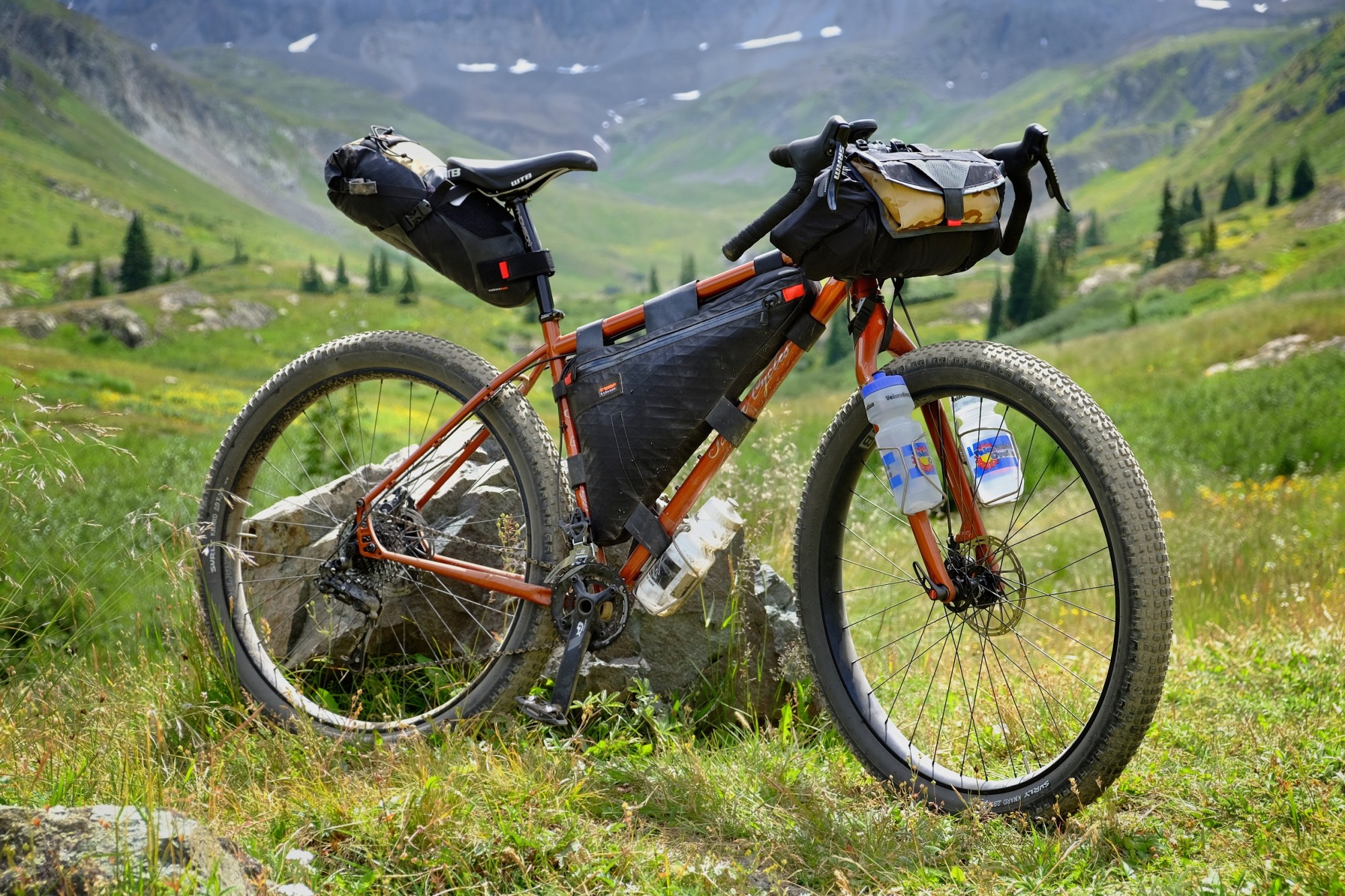

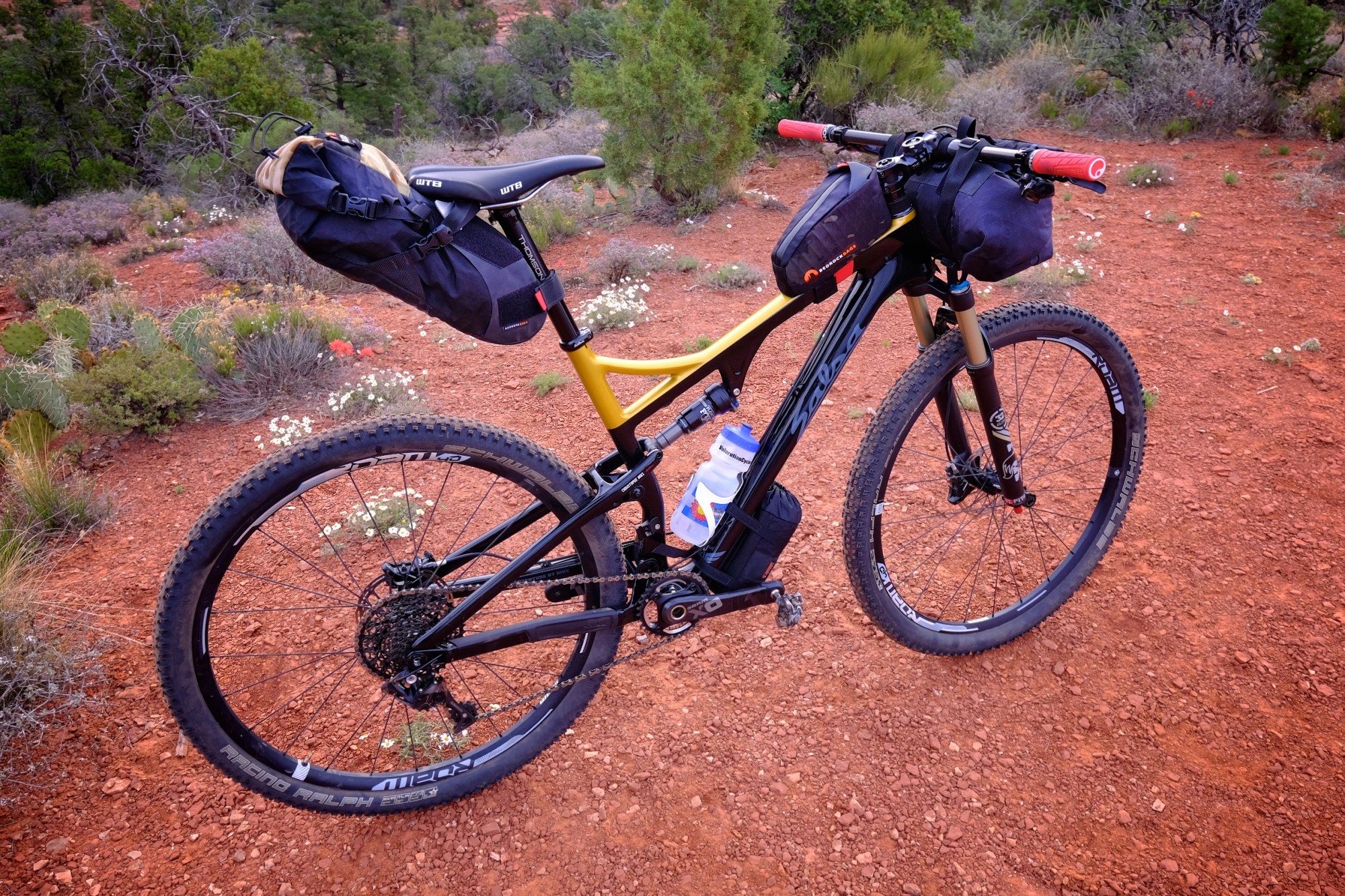
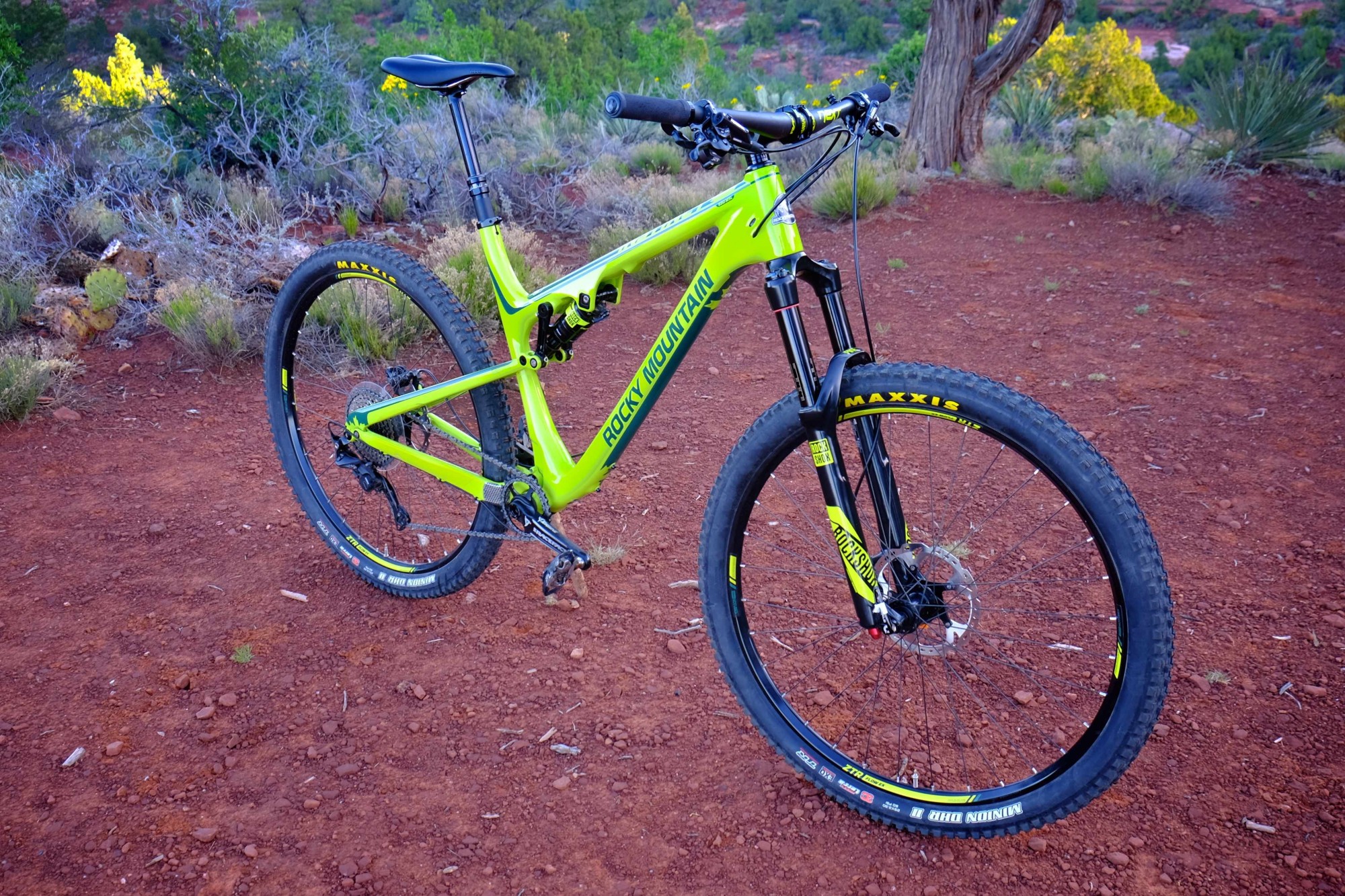
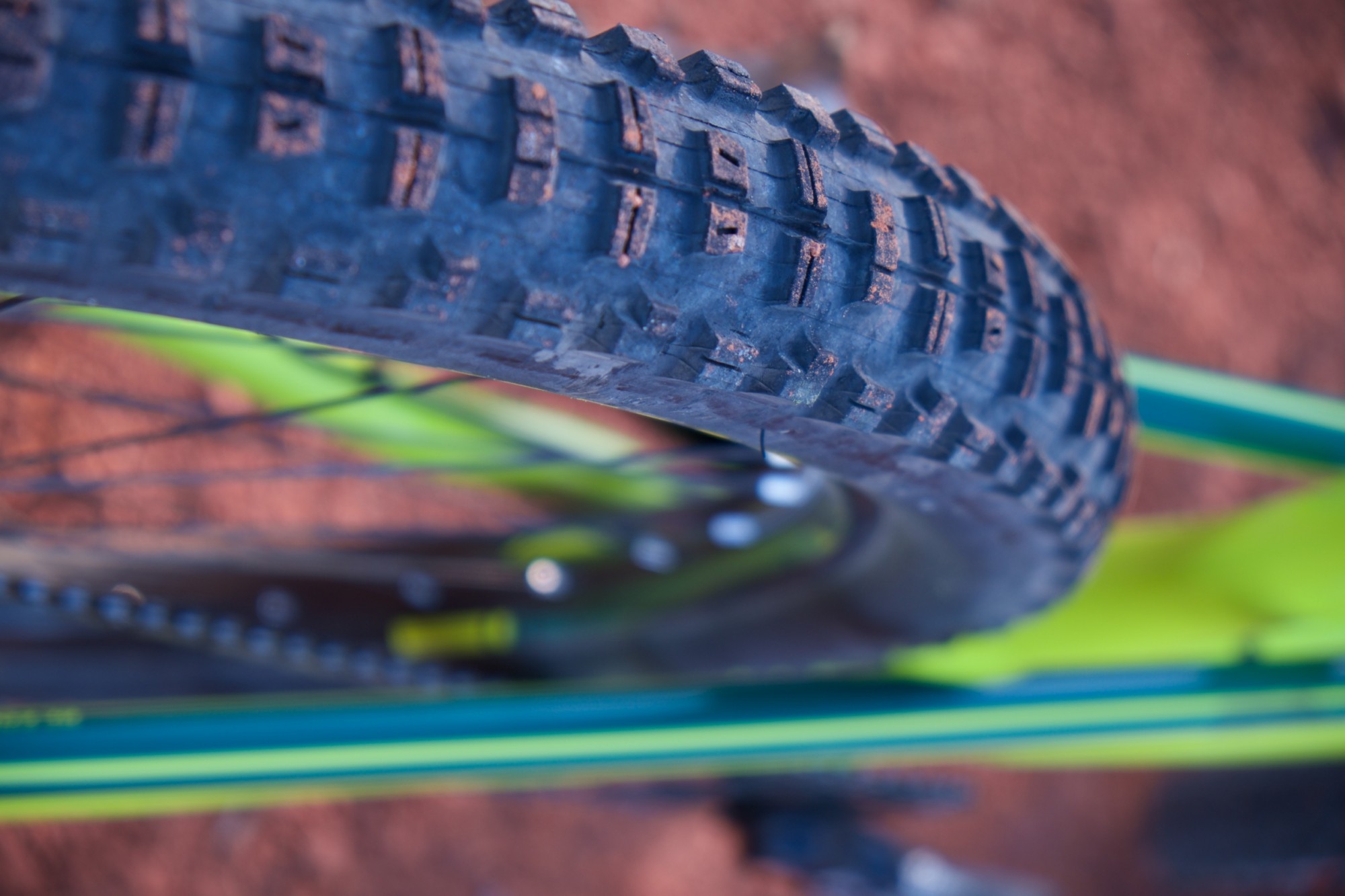
One Comment
Stan Seo
January 17th, 2019 at 11:19 amI don’t think wheel size make night & day difference. It’s totally marketing… Cuz MTB never break. Even some of the pro DH use mixed 26″+27.5″ combination because smaller wheel has advantage for cornering. So, this article is totally inaccurate.
https://www.youtube.com/watch?v=kxfrykeSNCE